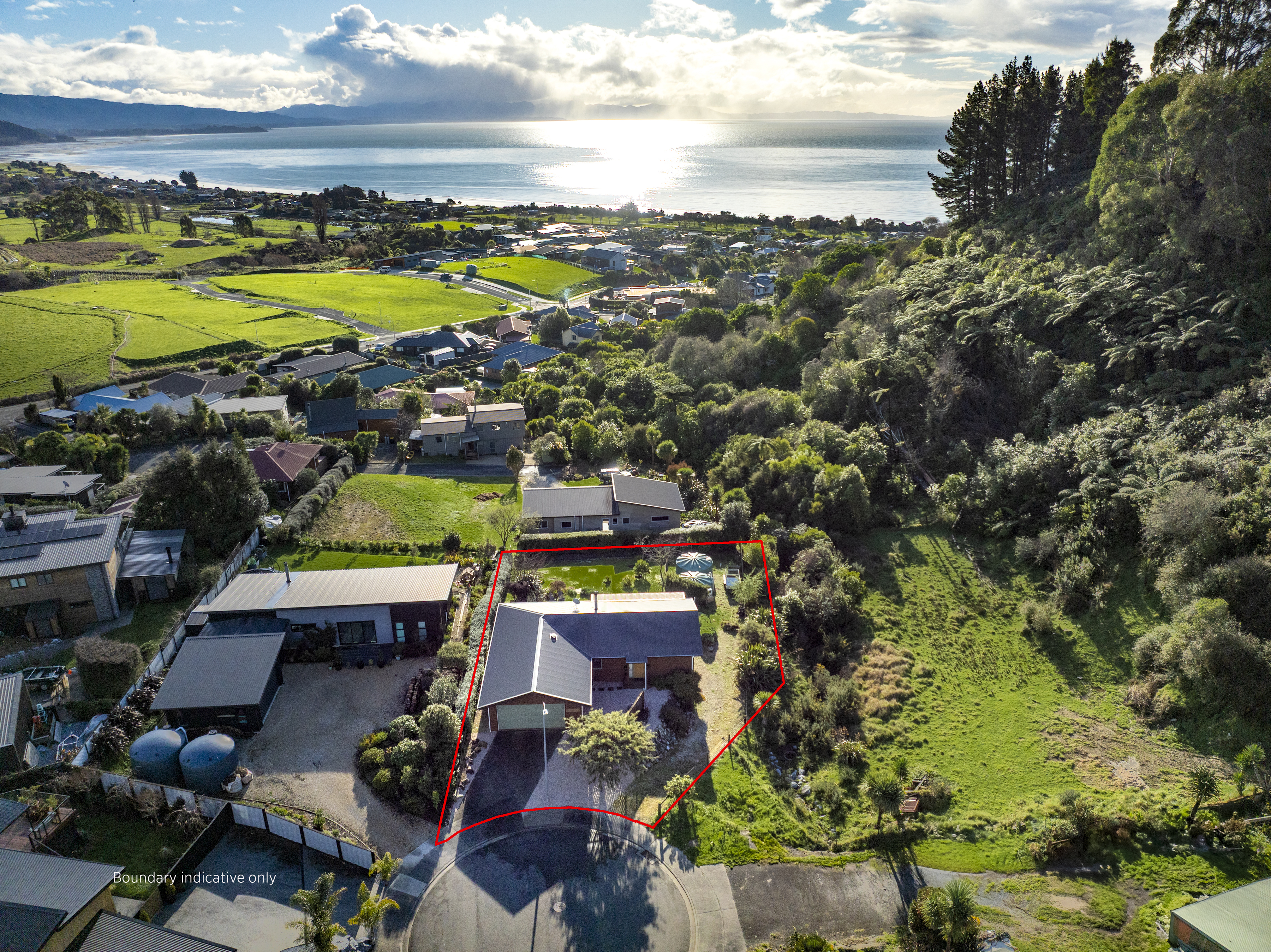Garden furniture can make a huge difference to the appearance of your home’s outdoor areas, but it can involve substantial expense. If buying new items is on your to-do list, here are some points you may want to consider before you hit the shops.
A table and chairs are usually most people’s priority when it comes to outdoor furniture. For many of us, al fresco dining is one of the best things about summer. But are you going to get your money’s worth out of a dining setting? Do you like eating outdoors, or is it a rare occurrence because flies and mosquitoes drive you mad? If the sun is gone from your deck or patio by the time dinner time rolls around, are you less likely to eat out there when it’s chilly?
If your outdoor space is more likely to be used as a spot where you can relax in the sunshine during the day, you may be better off buying comfy chairs or a sofa, or even outdoor bean bags, rather than forking out for a table that hardly gets used and takes up lots of space.
1. Measure before you buy
Start your property search
The size of garden furniture can be deceptive when you’re looking at it in the shop, or even harder to visualise if you are buying items that have to be assembled, or if you’re shopping online.
Measure the space where you’re intending to put the furniture, and then the pieces, to make sure there is enough room. If necessary, lay down sheets of taped-together newspaper that match the furniture’s size for an idea how they will fit.
Remember to leave enough room to get past the furniture — especially when people are sitting in dining chairs, as opposed to when they are pushed in under the table.
2. Think about style
Most people choose garden furniture based on styles that appeal aesthetically. Some types tug at your heartstrings more than others. But do consider the style of your home when it comes to making your choices. For example, cutting-edge contemporary furniture might not look right in a villa, while traditional wooden furniture can seem out of place win a modern apartment. Also consider colour schemes — if your home is decorated in calming neutrals, coming outside to vibrant colourful furniture could be jarring.
3. Materials matter
■ Wooden furniture is practical, sturdy and can be long-lasting, especially if it is well-maintained. Teak, cedar and pine are often used for wooden furniture — don’t forget that if they are left unsealed or unpainted, they will age to a grey finish. You may need to paint or stain them if you don’t want that look, and could have to give them regular touch-ups. Wooden furniture can be more expensive than other types.
- Aluminium furniture is lightweight, durable and doesn’t rust or fade. Unlike wooden furniture, it is low maintenance. However, it can become hot when it sits in the sun and you may need a cushion or cover. It can easily be maintained by washing it regularly with soapy water, and wiping down the surface with car wax or mineral oil to protect the surface.
- Steel furniture is sturdy, heavier than aluminium and can also become hot to touch while sitting in the sun. Stainless steel furniture is rust-proof, but if it is not stainless, it may need a protective coat to ward against rust.
- Wrought iron furniture is durable and can be left outside to withstand the elements. But if it is not already powder-coated, it will need a rust protector. It will probably be uncomfortable without a cushion — the best types are those covered in an all-weather fade-proof fabric. It is also heavy and if you frequently have to move your garden furniture — for example to create easier access — you may get fed up of having to lug it around.
- Plastic, polymer and resin furniture is lightweight, low-maintenance and usually cheaper than other types of outdoor furniture. Most of it doesn’t need painting or sealing and it can be made to resemble wicker or wood. Lower-quality types of plastic furniture may not cope well with being left out in the elements, and may deteriorate more quickly than other sorts. Regularly wiping it with appropriate cleaners will prevent mildew.
- Along with rattan, wicker has been used for garden furniture for many years. It tends to be lightweight, flexible and comfortable, however the elements might take a toll so you might want to keep them under cover or put them away when you are not using them. Wash with a mild detergent and then rinse to clean.
4. Try before you buy
You wouldn’t buy a sofa without sitting on it first, so don’t be shy about testing out any garden furniture you are contemplating buying.
Are chairs comfortable enough to sit on without cushions, or do you need padded seating?
The table may look great, but is it going to wobble when you try to cut food on it?
How heavy is the furniture — is it difficult to move? If it’s very light, and you get a lot of wind, , consider pieces less likely to get blown over.
5. Consider storage
Most garden furniture is designed to stay outside in all weathers but it will last longer if it is put away or covered when it is not being used in winters.
However, it is not always possible to do this with big bulky pieces such as tables. This may make a difference to what you buy.
Also, you may need year-round storage for items such as cushions and covers and if you don’t have a shed or a garage, you may have to come up with an alternative, like a large storage box.















































































